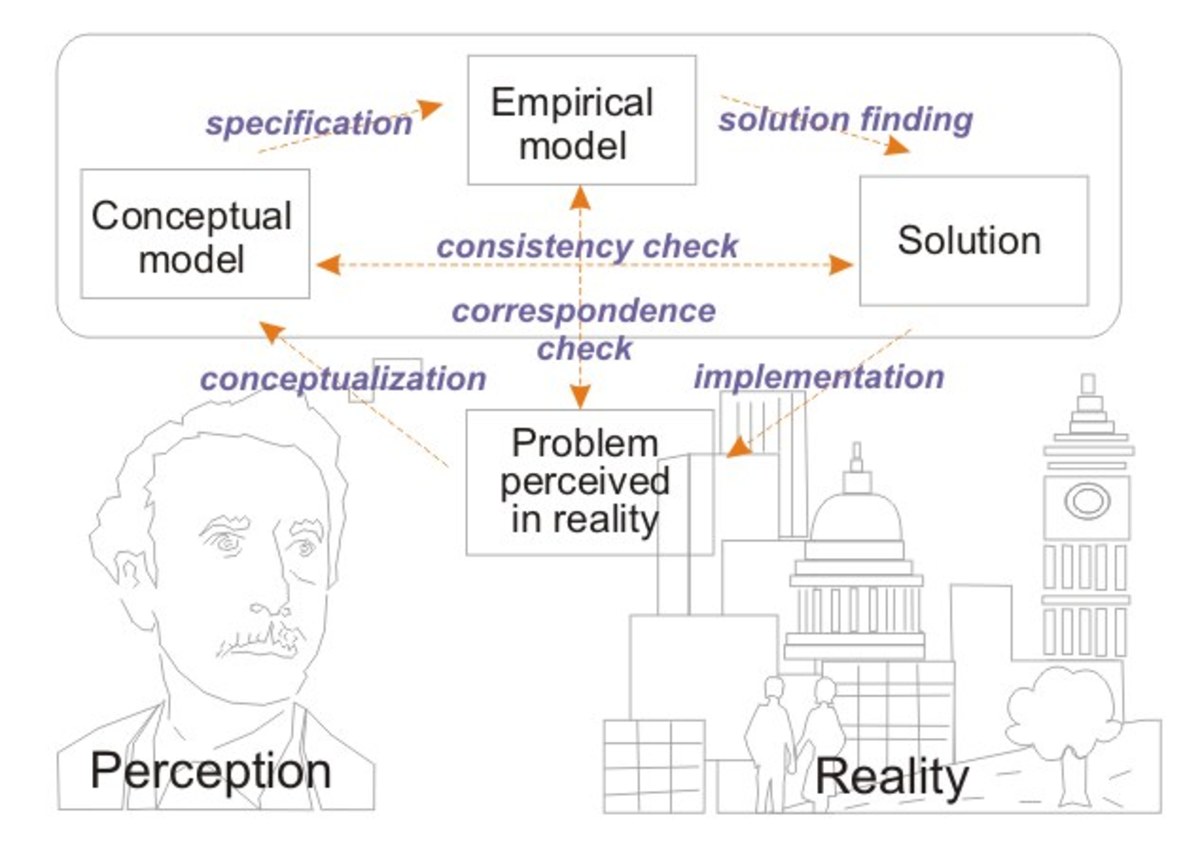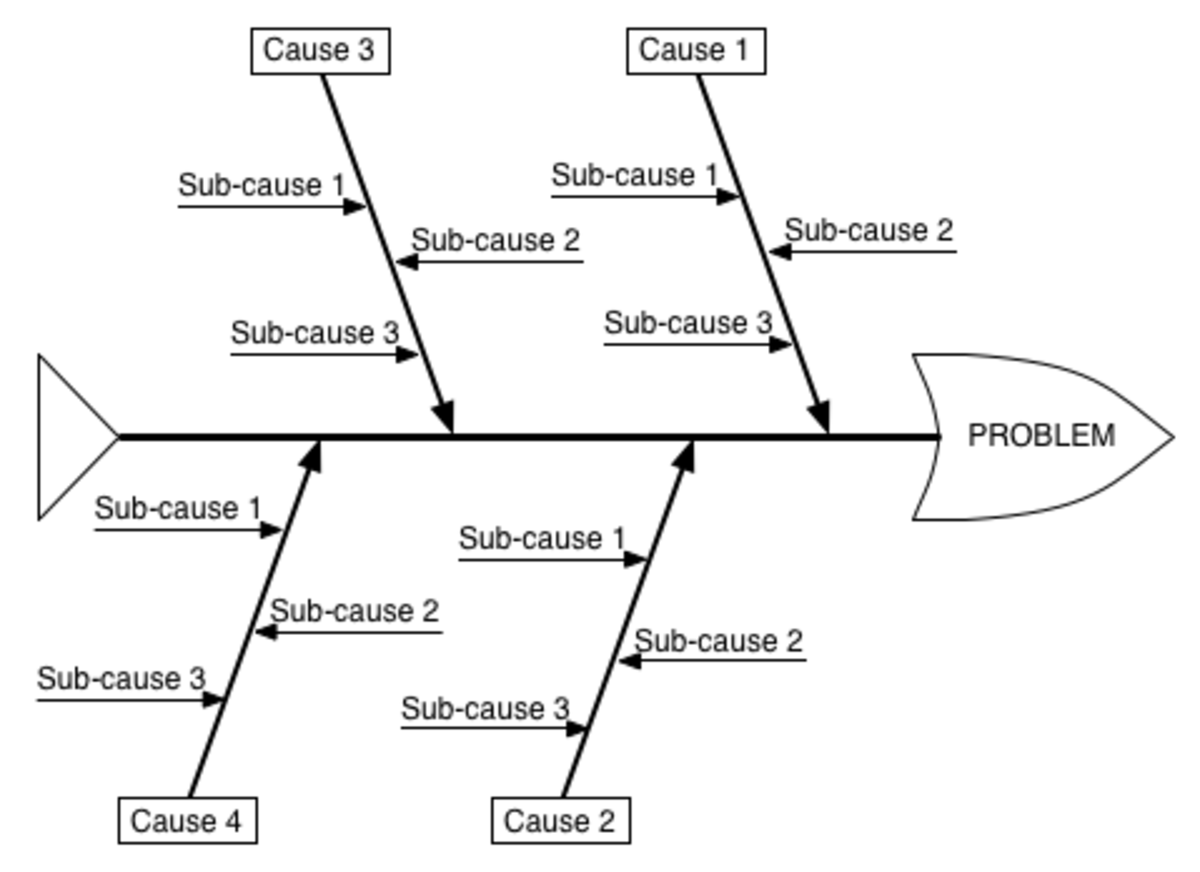How to solve your problems like Einstein;

The real problem is that we do not look at the problem correctly.
Einstein had a saying: "If I would be given an hour to save the world, I will dedicate my 55 minutes to defining the problem and only 5 minutes to finding the solution". His view is nothing but emphasize more clearly how to identify the problem that you have, before you start to search for a solution. Therefore sometimes it's good to take a step back and try to better understand what happens before you start working.
7 strategies to solve any problem
The good news is that when you really know what's the problem, the solution is right in front of your eyes. The bad news is that without practice and putting a little effort into that, it will remain at the stage of theory.

1. Reword the problem
Words play an important role in understanding things. Love is not the same thing as affection. Desire is not the same as lust, productivity is not the same as effectiveness.
For example, instead of thinking that the crisis came over you and your problem is "I want to grow sales", you can reformulate the problem by replacing the word "grow" with another word and observing if the perception of your problem changes. "I want to repeat sales", "I want to develop sales", ''I want to attract customers", "I want to create interest".

2. Find all the prejudices
Any problem you have ... it comes with a whole list of prejudices behind and things that you can assume incorrectly that make the problem worse than it is. What you need to do is to remove all prejudices and let the problem as it is; simple, humble and naked.
For example, in high school I had the idea to study the law and become a lawyer. Everyone told me that it is not worth because a lawyer must lie to win clients cases. It is easy to see that this is just a misconception. No one can force you to lie but you can plead guilty indeed if the client is guilty.
Another example would be wanting to start a new business in let's say... Luxury Restaurants field and you can not start because you're stuck on needing an exceptional uniform for your employees. All luxury restaurants have uniforms, you need to have a uniform. What if you give up on this misconception and you do otherwise? Wouldn't you have new opened opportunities?
3. Generalizes
Each issue is a small part of a larger puzzle. Just as you can play reformulating a problem, you can change the perspective of looking up and having a big problem.
Many people are lost in details and are trying for hours to fix small things that are not affecting so much the overall process. What can you do if you're in a situation like that? Try to generalize the problem. Ask questions like: What affects everything that happens? What is this thing? What is actually the intention behind this?

4. Detail
If each issue is a small part of the puzzle, it means that each problem can be decomposed into smaller pieces. You know that question: How do you eat an elephant? The answer is: in small sips.
If you detail the problem and break in into smaller pieces, becoming more specific, the solution will be right in front of your eyes. The technique is to divide the problem into two smaller problems using questions like: What is it made from?
5. Look at your problem from a different angle.
Usually we tend to see the problem only from where we stand. If you have a problem in your relationship, you will see only your point. Try to look at it from another perspective.
If you have a problem in your company, try to rephrase it ; How a sales man would see this problem? But a man from technical? But the maid? But the driver? But your grandmother? But your dog? (no, no...don't ask your dog).
How would a politician see this problem? But a doctor? A lawyer? An airline pilot? A nun?

6. Formulate the problem as a challenge
Instead of thinking: ''I have a problem'', transform it into something that produce you enthusiasm. I like a challenge, I like to have fun when I do something. How would you turn a problem into an opportunity in order to feel really good?
7. Put the problem in a different way
One of the most sympathetic techniques but effective at the same time is trying to worsen the problem. Instead of wanting to increase your sales, look for ways to subtract them. After that ... just do the opposite.







